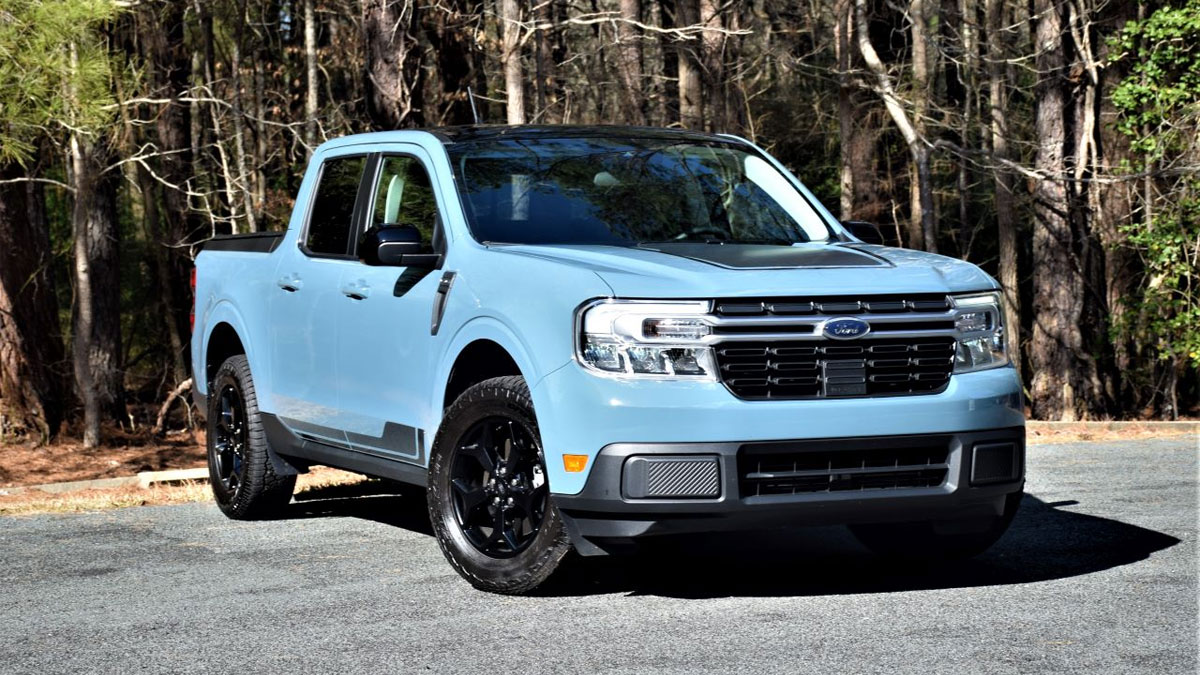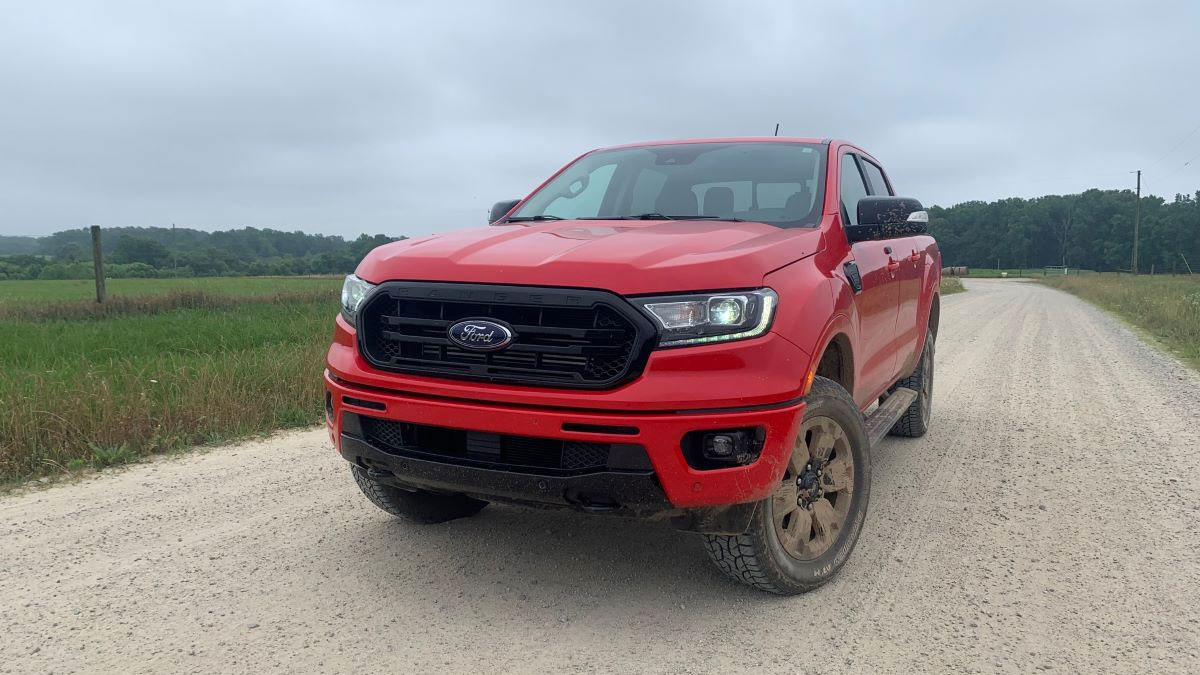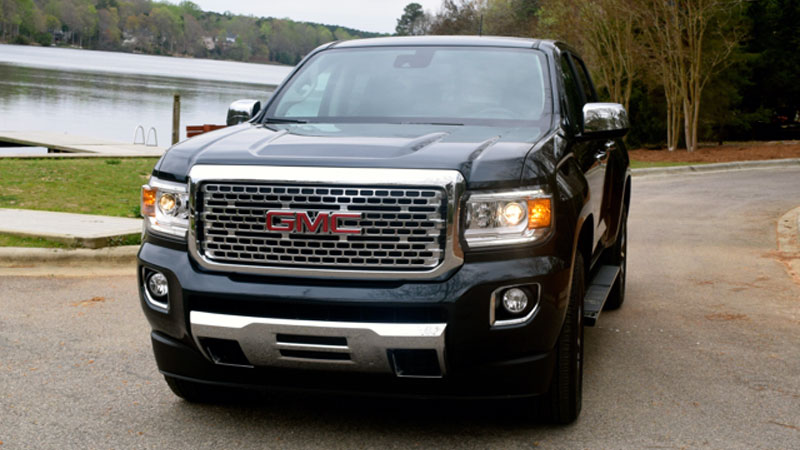Ford’s Unibody Underdog: Why the 2022 Maverick Is Making Waves
The Ford Maverick reopens an old segment. Who would have ever thought we’d see a new compact pickup truck sold in America? Few people, that is for sure. Well, two new models arrived this year, one from Hyundai and the other from Ford. Unlike the previous models, though, these are … Read more



